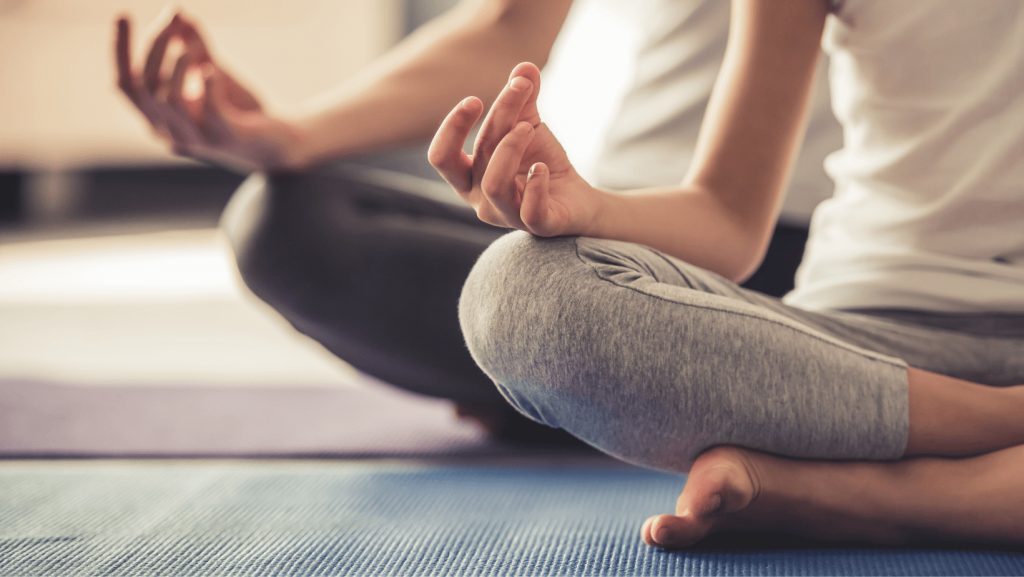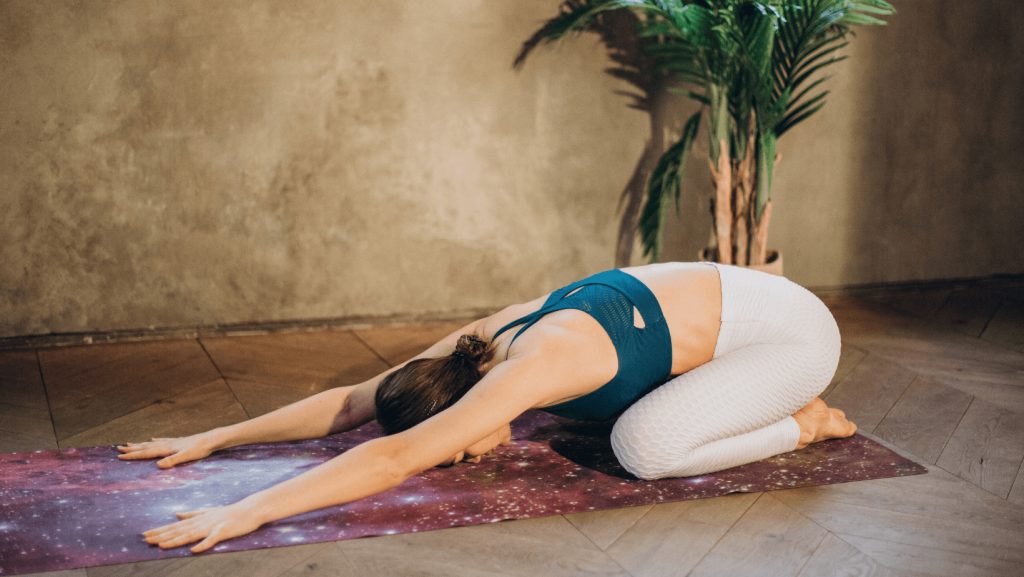
Eight Stages Of Yoga
The origins of Yoga can be traced back to northern India over 5,000 years ago. The word comes from the Sanskrit term Yuj, which means “yoking,” or “union.” This speaks to the intentions behind the practice, which are both mental and physical in nature. When most people think of Yoga, physical poses likely come to mind. However, this is only one of the eight total stages of the Yoga process.
The first two stages are ethical preparations – yama, or “restraint,” and niyama, or “discipline.” Asana, the third stage, is the series of exercises in physical posture which most people associate with the practice of Yoga. The fourth stage is also a physical practice, pranayama, which involves stabilizing the rhythm of the breath. Pratyahara, the ability to withdraw the attention of the senses from outward objects, rounds out the five external aids of Yoga.
The final three stages are purely mental, or internal aids. Dharana, or “holding on,” is the ability to hold and confine one’s awareness to one object for a long period of time. Dhyana, or “concentrated meditation,” is the uninterrupted contemplation of the object of meditation, beyond any memory of ego. Samadhi, or “total self-collectedness,” is the final stage in which the meditator perceives or experiences the object of their meditation and themself as one.

Asana Practice
Beginning in the early 20th century, Yoga became increasingly popular in the West. However, the physical aspects have far outpaced other elements of the practice in popularity. In most cases, the Yoga classes found in Western countries are heavily focused on asanas, or poses. Individual poses vary in difficulty level, but by learning a handful of basic asanas, those new to Yoga can build a solid foundation.
One asana that’s helpful for beginners to learn is Child’s Pose, which can serve as a go-to position to rest and refocus during a Yoga workout. To get into Child’s Pose, begin by kneeling and sitting down on your heels. From there, lean forward, keeping your buttocks on your heels, and rest your forehead on the floor. There are several acceptable arm positions, including by your sides with palms up, or extended forward. Stay in this position for as long as you need to rest.
Another essential asana to learn is Downward Facing Dog. This pose strengthens the arms, shoulders, and back while also stretching the hamstrings, calves, and arches of the feet. To practice this pose, begin on all fours with your hands shoulder-width apart and your shoulders above your wrists. Next, tuck your toes against the ground, using that leverage to extend your legs and lift both knees into the air. You should now be in a shape resembling an upside-down “V.” Extend and lengthen your spine, simultaneously pressing through the palms of your hands and balls of your feet. Continue to hold the position for several breaths before lowering the knees back to the ground.

Benefits Of Yoga
Regularly practicing Yoga poses can lead to a number of benefits. Of course, the physicality of the asanas helps improve strength, balance, and flexibility. Yoga can also be a tool for pain relief. Studies have shown that it can alleviate lower back pain, ease arthritis symptoms, and reduce inflammation throughout the body.
And the benefits extend to mental well-being too. Research shows that a consistent bedtime Yoga routine can help relax and prepare the body for sleep, leading to deeper and more restful sleep. According to the National Institutes of Health, Yoga also supports stress management, mental health, mindfulness, healthy eating, and weight loss.
Between the increased physical fitness and positive mental impacts of practice, Yoga can lead to an overall boost in energy and alertness. With all of the benefits of the practice, it’s no surprise that it’s a popular activity. An estimated 55.05 million Americans participated in Yoga in 2020.
Pop Quiz
Clifford the Big Red Dog
Chef/Cook

